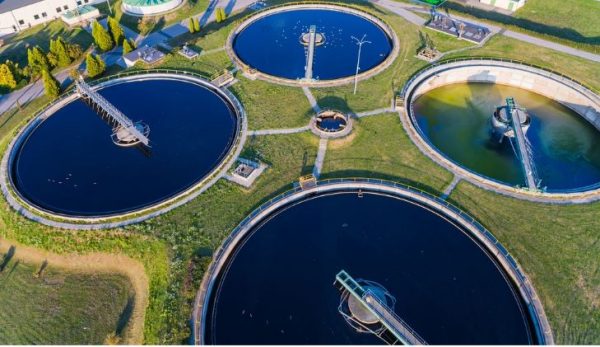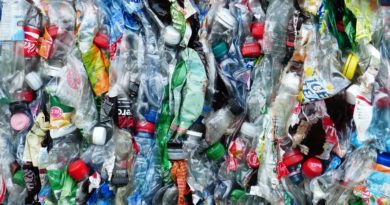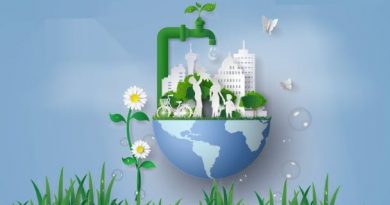Global River Study Discovers Antibiotic Pollution across Rivers
The study, whose findings were studied at the University of York, covered 72 countries, with 111 of the samples collected turning up antibiotic levels considered unsafe, even by Pharma bodies. That bodes ill for the development of further antibiotic resistance by bacteria.
 Is that washing off the drugs?
Is that washing off the drugs?
If regular pollution by untreated sewage and other effluents was not enough, one of the largest global studies of rovers across the world has come up with a fresh alarm. High antibiotic concentrations in rivers. This is important because antibiotic resistance being built up by bacteria is increasingly causing consternation in the healthcare sector, making stronger, and sometimes debilitating medicines a must to tackle them.
In fact, the World Health Organization (WHO) has been warning about the decreasing efficacy of common antibiotics, calling for the need to develop a new generation of super drugs to fight the microbial resistance that has developed in the past decade or more. The UN agency estimates that the rise in resistance to antibiotics could claim as many as 10 million lives by the year 2050.
Synthesized at the end of the first world war in the 1920’s, antibiotics have been nothing but revolutionary, saving tens of millions of lives from hitherto fatal diseases like pneumonia, tuberculosis, meningitis etc.
In multiple locations, concentrations of the drugs used variously to treat bacterial infection in people and livestock alike, exceeded safety levels set by the AMR Industry Alliance, a grouping of more than 100 biotech and pharmaceutical companies. For instance, Ciprofloxacin, one of the most widespread and commonly used antibiotic, typically used for urinary tract infections and related intestinal disorders caused by bacteria, exceeded safe thresholds at 51 river sites. Even the river Thames, regarded as one of Europe’s cleanest rivers, was contaminated, along with some of its tributaries, by a mixture of five antibiotics.
“The results are quite eye opening and worrying, demonstrating the widespread contamination of river systems around the world with antibiotic compounds,” Alistair Boxall, a scientist at the York environmental Sustainability Institute, said in a statement.
Boxall and his team searched for 14 common antibiotics across six continents, and discovered that safety limits were most frequently exceeded in Asia and Africa. The Americas and Europe, while lower on the pollution scale, still had enough to show that the problem is global now.
The countries with the highest levels of antibiotic river pollution were Bangladesh, Kenya, Ghana, Pakistan and Nigeria.
A site in Austria had the biggest concentrations anywhere on the continent. Besides the human cost of the new found resistance being developed to antibiotics, the changes drugs cause to the ecosystem within water bodies itself has also been well documented, with issues ranging from sex change and deformations already on record.
For lower income countries, the levels were much higher, upto 300 times the prescribed level in cases, mainly due to inadequate investment in working infrastructure to treat waste, besides lacking the technology to take out drugs during treatment, where treatment plants do function. Clearly, yet another case where industry needs to step up, before it is forced to bear the cost of the potential damage they might have already caused. For India, with a large pharma industry that is considered a low cost supplier to the world, the news makes for sobering reading, with the vast numbers that live close to, and depend on rivers in the country.




